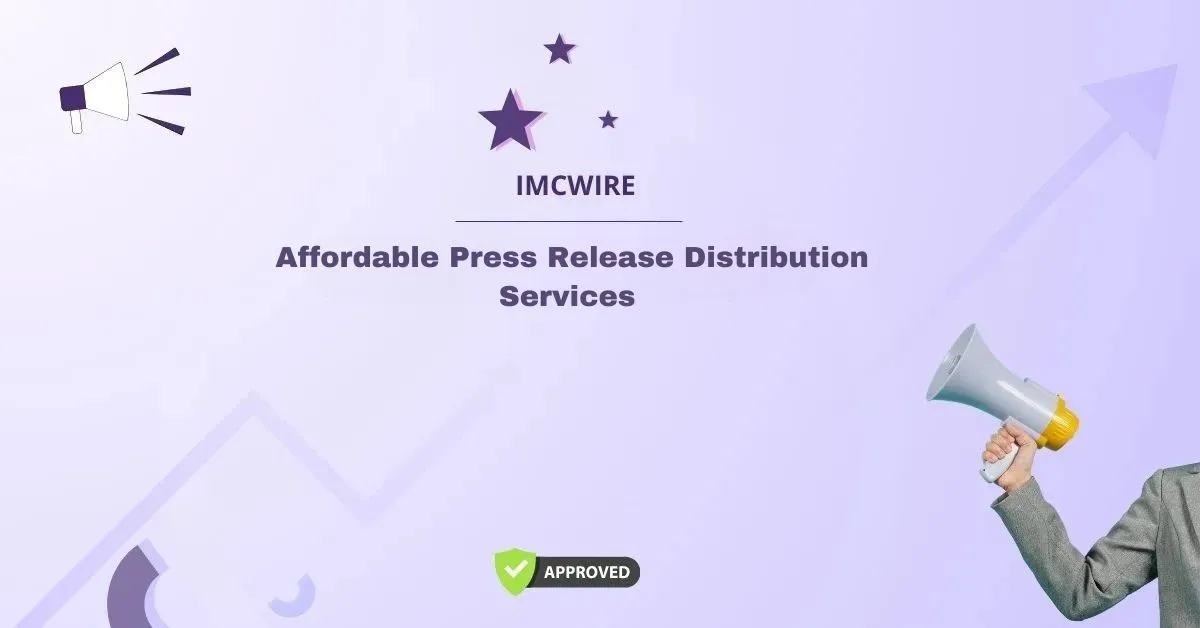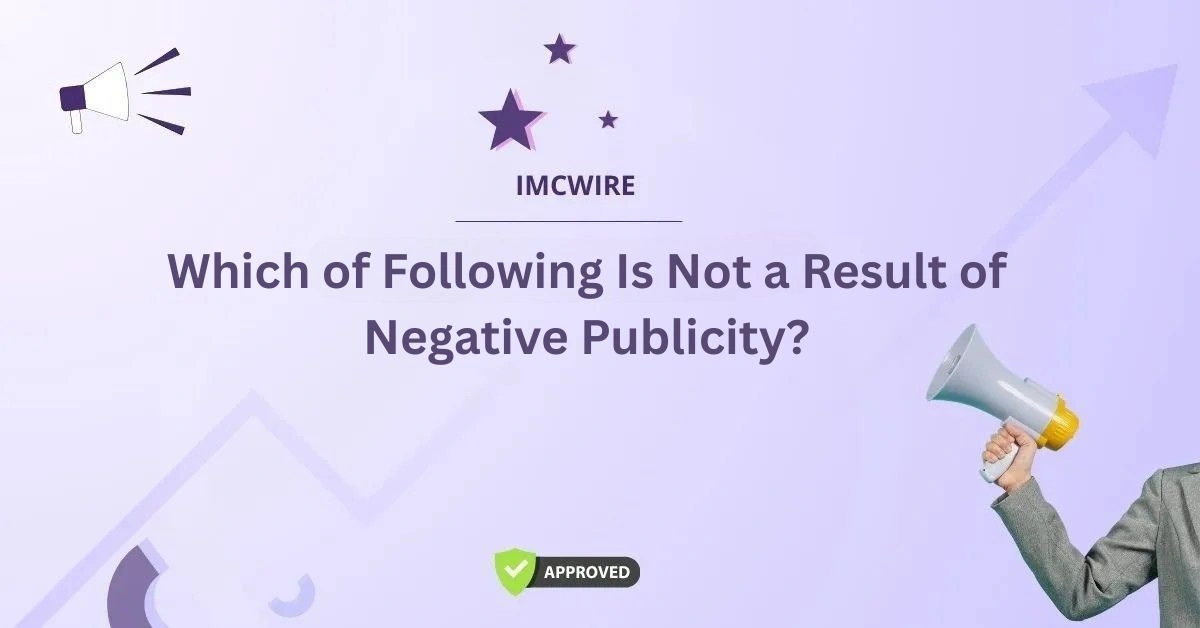In the dynamic world of emerging technology, startups often face a unique challenge—how to rise above the noise. While innovation and disruption lie at the heart of any tech startup, even the most revolutionary idea needs visibility, credibility, and strategic communication to succeed. That’s where tech startup PR becomes not just helpful, but critical.
Tech startup PR is more than press releases or media mentions. It’s about building a brand narrative, establishing thought leadership, nurturing investor confidence, and creating a lasting digital footprint. This article explores why tech startup PR is indispensable, how to develop a winning strategy, and the common pitfalls to avoid.
Table of Contents
Why PR Matters for Tech Startups
PR is the linchpin of a successful communication strategy for tech startups. In an age where markets are saturated with new products and services, PR serves as a filter that communicates value, relevance, and credibility to the right audiences.
1. Builds Credibility from Day One
For startups without years of experience or customer testimonials, credibility is built through media features, founder interviews, and public perception. Strong PR lends third-party validation that advertising cannot buy.
2. Attracts Investors and Partners
Venture capitalists and strategic partners often conduct due diligence on a startup’s media presence and reputation. A solid PR track record signals that the company is gaining momentum and can sustain growth.
3. Boosts Visibility in a Crowded Market
The tech world moves fast. PR ensures that your startup doesn’t just exist but thrives in the spotlight, capturing attention from both consumers and B2B buyers.
4. Strengthens Recruitment and Culture
Top talent is attracted to companies with a compelling mission and visible leadership. PR helps showcase not just the product, but the people and purpose behind it.
5. Drives Long-Term Brand Building
While marketing campaigns may bring short bursts of attention, PR nurtures a long-term brand identity. It helps define what your company stands for in the eyes of the public.
Key Elements of a Tech Startup PR Strategy
Crafting an effective tech startup PR strategy requires a mix of planning, storytelling, and execution. Below are the foundational elements every tech startup should consider.
Define Clear Objectives
Before reaching out to the press or scheduling interviews, startups should define what they want to achieve with PR. Are you seeking brand awareness, funding, customer acquisition, or industry credibility? The PR strategy must align with these core goals.
Craft a Compelling Story
Reporters don’t cover products—they cover stories. Whether it’s a groundbreaking innovation, an inspiring founder journey, or a mission to solve a global problem, your PR strategy must center around a narrative that resonates.
Build Media Relationships Early
Don’t wait until launch day to contact journalists. Develop a media list of relevant outlets, bloggers, and influencers who cover your industry. Engage with them over time, offer exclusives, and position yourself as a valuable resource.
Leverage the Power of Data
Startups often have access to unique usage data, trends, or market insights. Use this data to back up your claims, offer insights to journalists, and add depth to your press materials.
Prepare Your Media Kit
A media kit should include a press release, high-resolution images, founder bios, product information, and company background. It should be easily accessible on your website and ready to send on request.
Master the Press Release
A well-written press release remains a valuable PR tool. It should be clear, concise, and newsworthy. Focus on the “what” and “why now” of your announcement. Include quotes from leadership and links to additional resources.
Embrace Digital PR Channels
Beyond traditional media, consider podcast interviews, LinkedIn thought pieces, Medium blogs, and YouTube content. A modern tech startup PR plan incorporates digital platforms that reach your audience directly.
Launching Your Startup with PR Impact
The launch is one of the most critical moments for any startup. A successful PR launch creates a buzz that extends beyond your immediate network.
1. Pre-Launch Planning
Start preparing your PR 4–6 weeks before launch. Draft messaging, finalize your media list, schedule interviews, and create embargoed press materials for early distribution.
2. Utilize an Embargo Strategy
Offer select journalists an early look at your product under embargo. This gives them time to prepare deeper, more thoughtful coverage that goes live on launch day.
3. Go Beyond the Press Release
Complement the press release with a launch video, founder Q&A, product demo, or webinar. These assets enrich your announcement and provide more storytelling angles.
4. Activate Your Network
Ask advisors, investors, and early users to share the launch. A coordinated effort across social media, email, and partner networks can amplify your reach.
5. Monitor and Measure
Use tools like Google Alerts, Mention, and media monitoring software to track your coverage. Document what worked and what didn’t to improve future efforts.
Sustaining PR Momentum After the Launch
Many startups make the mistake of treating PR as a one-time event. In reality, PR should be an ongoing investment that evolves with your business.
1. Announce Milestones
From funding rounds and product updates to partnerships and customer wins—each milestone is an opportunity to re-engage the media and update your audience.
2. Thought Leadership
Position your founders or executives as experts. Pitch op-eds, guest posts, or speaking engagements. Join conversations on industry trends and future predictions.
3. Keep Building Relationships
Continue engaging with journalists even when you don’t have breaking news. Offer insights, comment on relevant stories, and provide data that supports their reporting.
4. Invest in Social Proof
Collect user testimonials, case studies, and media quotes. Use these on your website, pitch decks, and sales materials to reinforce your credibility.
5. Hire or Outsource PR Expertise
As you scale, consider hiring an in-house PR lead or working with a PR agency that specializes in tech startup PR. A professional team brings experience, media contacts, and strategic guidance.
Common PR Mistakes Tech Startups Should Avoid
PR can backfire if not handled thoughtfully. Avoid these common pitfalls:
- Overhyping the Product: Journalists are skeptical of exaggerated claims. Be honest about what your technology does—and doesn’t—do.
- Pitching the Wrong Reporters: Always research a journalist’s beat before pitching. Irrelevant pitches damage credibility and burn bridges.
- Neglecting Crisis PR: Tech startups may face outages, backlash, or security issues. Be prepared with a plan to respond transparently and swiftly.
- Treating PR as One-Off: Consistency is key. Don’t disappear after one successful campaign. Keep building momentum.
- Ignoring the “Why Now”: A story needs urgency. Tie your pitch to a current event, trend, or seasonal theme to increase relevance.
PR and the Future of Tech Startups
As AI, Web3, biotech, and other next-gen technologies reshape the startup ecosystem, PR will continue to evolve. Startups must remain nimble, transparent, and authentic in their communications. Deep tech companies, in particular, must translate complex innovations into accessible narratives.
Authenticity will matter more than ever. Modern consumers and investors look for transparency, values alignment, and real impact—not just flashy promises. Tech startup PR must blend storytelling with substance, vision with validation.
In a world of endless innovation, it’s not just about building something brilliant—it’s about making sure the world knows it.












